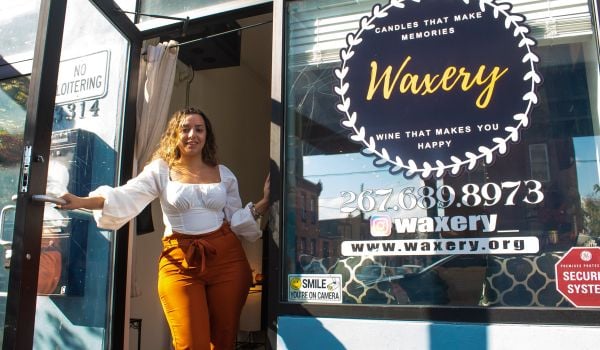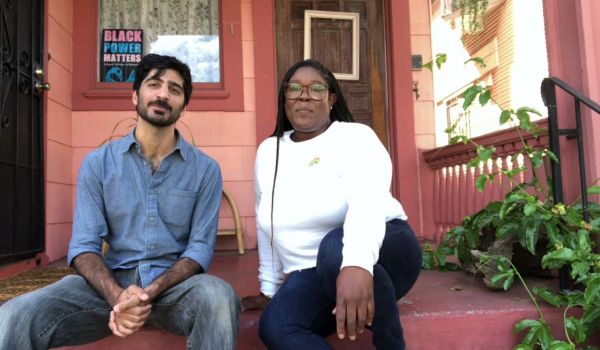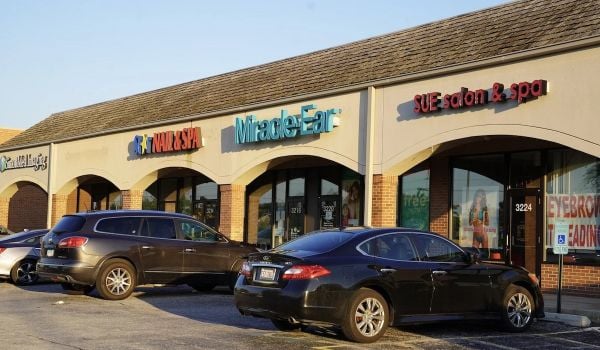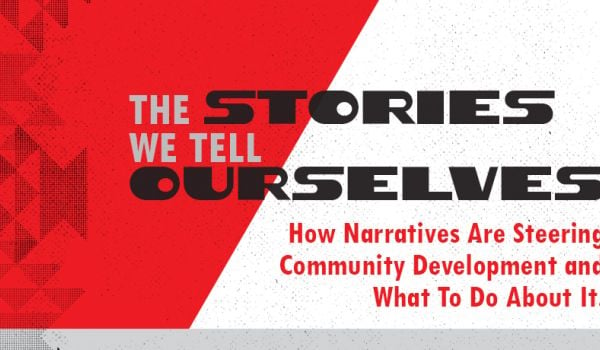Nowadays, it’s almost impossible for developers to strike major deals with city governments without first negotiating some sort of community benefits agreement (CBA). Such agreements are typically legally binding deals involving developers, community groups and the local government in which a developer pledges funding or other assistance to a community in exchange for tax abatements, subsidies, regulatory changes or exemptions from the city for a project.
CBAs hold plenty of promise as a relatively new way for communities to hold local governments and private developers accountable. But so far, they’ve yielded a mixed track record. (One skeptical Silicon Valley city even rejected a Google CBA offer earlier this year.)
In New York City, CBAs have been a borderline calamity. See the Barclays Center/Atlantic Yards in Brooklyn, or Yankee Stadium in the Bronx.
There’s some hope, yet.
“At the end of the day, you can’t judge whether this process is going to be successful until 10 years from now,” West Harlem community leader Larry English told The New York Times in a 2013 story on the West Harlem Development Corporation (WHDC), which got started with $76 million out of a CBA tied to Columbia University’s expansion.
For an idea of what could be ahead for CBAs, the University of California at Irvine’s Nicholas Marantz took a look back at the CBA tied to the development of the Los Angeles Sports and Entertainment District (LASED), negotiated in 2001. The Journal of the American Planning Association recently published Marantz’s findings.
“The LASED CBA is widely regarded as the first in the U.S.,” Marantz writes.
Marantz examined two questions: First, have all the parties to the LASED CBA complied with the provisions concerning jobs, housing, and parks and recreational facilities. Second, if yes, did the developers provide benefits beyond those required under existing laws and regulations.
In the L.A. agreement negotiations, the community was represented by the Figueroa Corridor Coalition for Economic Justice. (At one point, at least 29 organizations were involved, according to Marantz, so they formed this umbrella organization to negotiate on their behalf with the developer — a tactic that’s become commonplace in hammering out CBAs.) The developer was Anschutz Entertainment Group (AEG).
The talks led to a mix of binding and non-binding goals. On jobs, for example, the CBA set a non-binding goal that at least 70 percent of permanent jobs in the LASED would be “living wage jobs” as defined by the CBA, while it set a binding pledge for AEG to submit an annual report to the city on the status of meeting the 70 percent goal. AEG did not comply with this public reporting obligation until 2014.
Marantz did not report finding any penalty paid by AEG for not meeting what was supposedly a legally binding goal. Furthermore, the CBA defined any job covered by a collective bargaining agreement as a “living wage job,” regardless of actual wages paid.
So was it worth it to fight for such goals around wages, binding or non-binding? According to Marantz, the answer may be yes, but not for the reason you might expect.
“Although the living wage goal was reportedly attained by 2013, the role of the CBA in attaining that goal is ambiguous,” Marantz writes. “The CBA, however, may have served as an important symbol in a long-term labor campaign that resulted in a stronger living wage law and the city’s 2015 adoption of an ordinance that would increase the citywide minimum wage to $15 per hour by 2020.”
On affordable housing, another common CBA focus area, the LASED CBA required AEG to provide $650,000 in interest-free three-year loans to specified affordable housing developers. It also required all residential developers in the LASED to either develop or subsidize one affordable unit for every five housing units in the LASED.
The development devil is in the details.
“Ambiguous language in the CBA ultimately allowed the LASED developers to fulfill the latter requirement in a way that covered only a fraction of the development cost for each required affordable unit,” writes Marantz.
Furthermore, Marantz reports, even though the CBA prioritized affordable housing for families, most of the affordable units completed in fulfillment of the CBA ended up being part of a college dormitory.
It’s worth noting that the LASED CBA isn’t just the first CBA in the U.S., it’s also widely cited as a model for many others, including a family of CBAs in the Los Angeles area (SunQuest Industrial Park, NoHo Commons, Marlton Square, and the CBA for the Los Angeles International Airport’s $11 billion modernization plan).
All of those, in turn, have been cited by others: “Efforts in New York to replicate meaningful CBAs have been disappointing,” writes Good Jobs First NY. “Atlantic Yards, Columbia University’s expansion and Yankee Stadium attempted to implement CBAs but fell short of those modeled after the landmark agreements in California.”
Yet, as Marantz writes, “it is not clear that the LASED CBA yielded jobs, affordable housing units, or parks and recreation facilities beyond those that would have resulted from municipal mandates, federal regulations, and agreements between unions and employers.”
The real bottom line for CBAs may lie in their (generally) unintended effect of galvanizing marginalized communities to influence policies and resources beyond those tied directly to development projects. Like the living wage example above, for instance.
Marantz also points out that LASED developers provided only a fraction of the funds needed to construct the affordable housing, and parks and recreation projects in the neighborhoods surrounding the project. Most of the remaining funds came from multiple public sources as well as banks fulfilling obligations under the federal Community Reinvestment Act.
“The LASED case thus demonstrates that a CBA can help direct resources to underserved communities,” he writes. “But only a small share of those resources may come from the developers who are subject to the CBA.”
The Equity Factor is made possible with the support of the Surdna Foundation.

Oscar is Next City's senior economic justice correspondent. He previously served as Next City’s editor from 2018-2019, and was a Next City Equitable Cities Fellow from 2015-2016. Since 2011, Oscar has covered community development finance, community banking, impact investing, economic development, housing and more for media outlets such as Shelterforce, B Magazine, Impact Alpha and Fast Company.
Follow Oscar .(JavaScript must be enabled to view this email address)

















